Fisheries and Fish Toxicology
Fish is a rich source of animal protein and its culture is an efficient protein food production system from aquatic environment. The main role of fish culture is its contribution in improving the nutritional standards of the people. Fish culture also helps in utilizing water and land resources. It provides inducement to establish other subsidiary industries in the country. Fisheries can be categorized into two types-fin fisheries and non-fin fisheries. The former is fisheries of true fishes, whereas the later is the fisheries of organisms other than true fish like prawn, crab, lobster, mussel, oyster, sea cucumbers, frog, sea weeds, etc. Fin fisheries can be further categorized into two types-capture fisheries and culture fisheries. Capture fisheries is exploitation of aquatic organisms without stocking the seed. Recruitment of the species occurs naturally. This is carried out in the sea, rivers, reservoirs, etc. The basic principles that govern the analysis of acute toxic effects are by and large directly applicable to cases of chronic toxicity. Chronic toxic analyses tend to differ from analyses of acute toxic effects primarily in that considerable emphasis must be placed on the “slow step” of the process, which causes the effect to be chronic rather than acute. Biotechnology has great potential to influence and benefit livestock and fisheries. Modern techniques of biotechnology offer the potential of moving any cloned gene from any organism into any other organism and confer much greater precision and speed in achieving results as compared to conventional techniques. The book aims at providing up-to-date information on different aspect of fisheries and fish toxicology with an indication of potential areas for future research.
Get it now and save 10%
BECOME A MEMBER

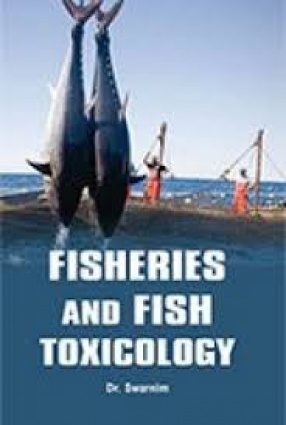
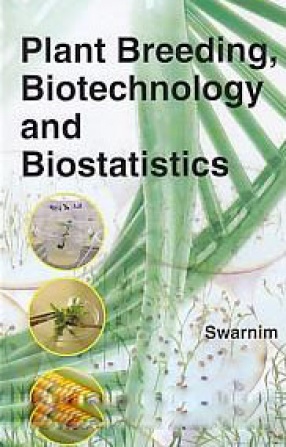
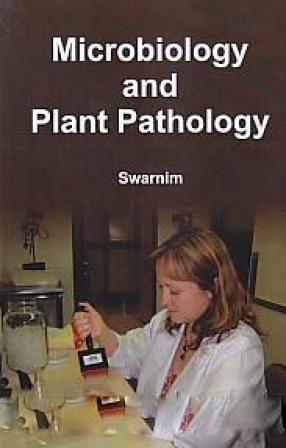
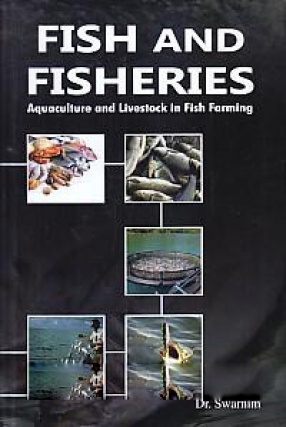
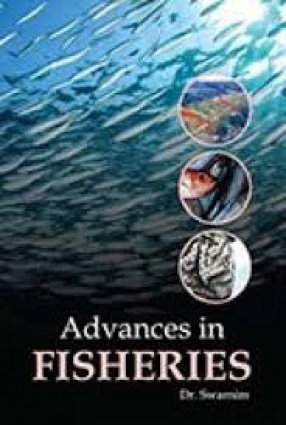
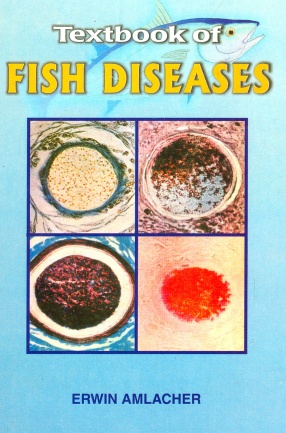
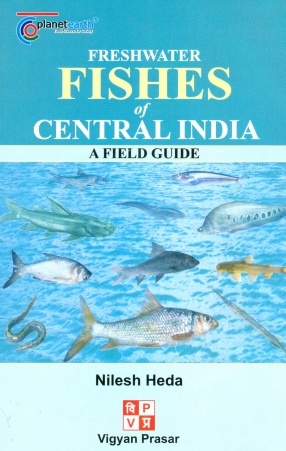
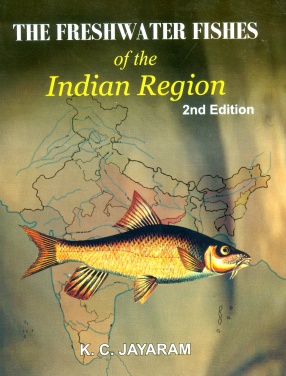
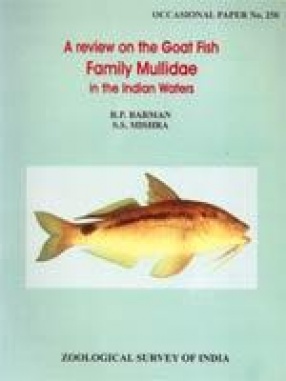

Bibliographic information